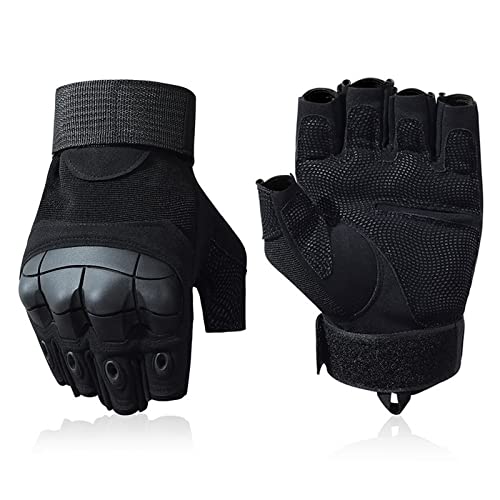RichDoyle
Well-known member
The more satellites the more accurate, 'tis true. But there is still some error caused by things like ionospheric conditions. And you don't always have the benefit of the same number of satellites in a proper geometry for the most precise solution. In certified aviation GPSs there is a concept known as RAIM. In these you'll get a warning when it doesn't have enough satellites in the proper geometry for the precision required for the current phase of flight (usually 4 or 5). The pure geometry aspect can be predicted before you depart. It still works but might be off by tens of meters. Not a biggee in cruise flight normally, but this condition in the newer WAAS-based receivers will cause it, in approach mode, to degrade the approach you are using to one that can be supported. You'll never see this in your run-of-the-mill automotive GPS until it can't resolve a 2D position at all, at which time it'll say something like "satellite signal lost".My Gen III is also off about 2 mph at indicated 70. I won't dispute the GPS description of RossKean above but I was always under the impression that a GPS is receiving multiple satellite signals at one time thereby giving you a very accurate reading of speed. I almost exclusively look at my GPS for speed instead of my speedo.Gen I & II are generally 5 mph off at 70 indicated....Gen III is about 2 mph off at the same indicated speed.
And it's true it doesn't directly measure speed. It figures out how far you've travelled in some time period. But the screen update can be a larger interval.
Basically, this doesn't much matter when using GPS to assess your speedometer accuracy. You take a bunch of samples over time and come to know "my speedo reads a couple of MPH high at this speed" (or whatever) and you're done until your next tire change, maybe.





































![fjackets Real Lambskin Leather Biker Jacket — Quilted Cafe Racer Zip Up Moto Mens Biker Jacket | [1100115] Johnson Ruboff, XL](https://m.media-amazon.com/images/I/41Pgh1CH-jL._SL500_.jpg)













